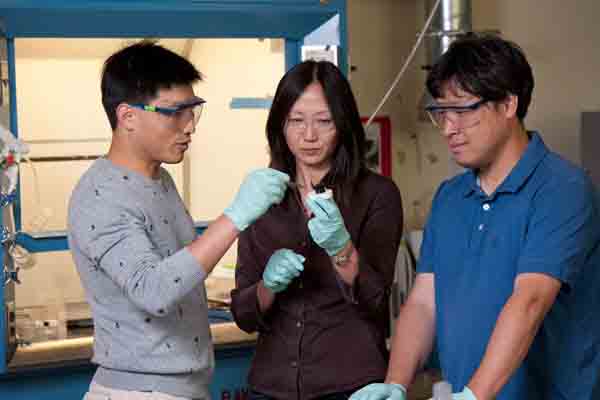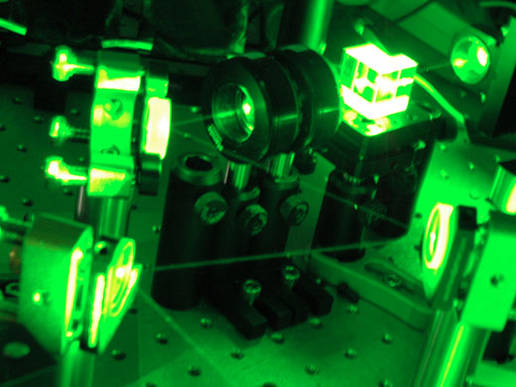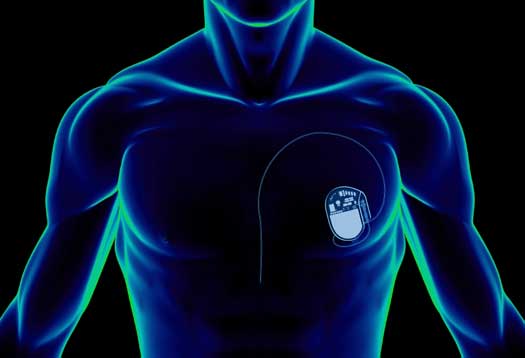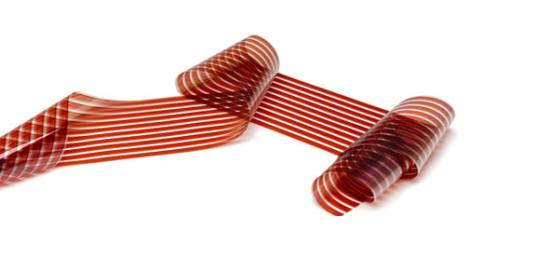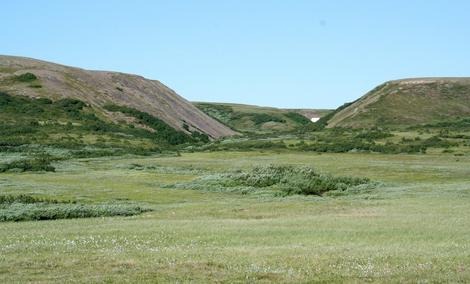Electrically conductive gel – now printable
Researchers from Stanford University have invented an electrically conductive gel, quick and easy to make, which can be applied onto a surface with an...
Thinner, better and cheaper solar cells
Do better with less. That is the challenge the researchers of the Swiss Federal Institute of Technology in Lausanne (EPFL) have set for themselves,...
Rare Earth Problems Could Be Solved Through the New Magnet Materials
Researchers are now working on new types of nanostructured magnets that would use smaller amounts of rare-earth metals than standard magnets.
Many hurdles remain, but...
Quantum computing
The concepts of quantum technology promise to achieve more powerful information processing than is possible with even the best possible classical computers.
To actually build...
GlassPoint Solar Make Steam for Extracting Oil Using Solar Power
The new demonstration solar power steam plant at McKittrick in California uses sunlight concentrated by mirrors in a greenhouse to pre-heat water.
Natural gas in...
Michigan University Researchers Developed Cardiac Pacemakers to be charged due to human body motion
Cardiac Pacemakers Introduction:
Cardiac pacemakers have revolutionized medical care by saving countless lives. However, their Achilles’ heel lies in their batteries, which have a relatively...
Next Year Three Public EV Charging Station in Boston
The People for the Ethical Treatment of Animals want to zap electric car owners with ads touting vegan lifestyles and green-colored chickens as they...
Harnessing Hotspots
Electronic devices often develop ‘hot spots’ that can become detrimental to performance. Much research has focused on developing methods to cool the system, or,...
Printable solar cells within reach in Australia
Victorian researchers have welcomed a $5 million grant from the State Government to help commercialize their revolutionary technology that uses printable light-sensitive ink to...
Global warming turns tundra to forest
In just a few decades shrubs in the Arctic tundra have turned into trees as a result of the warming Arctic climate, creating patches...

